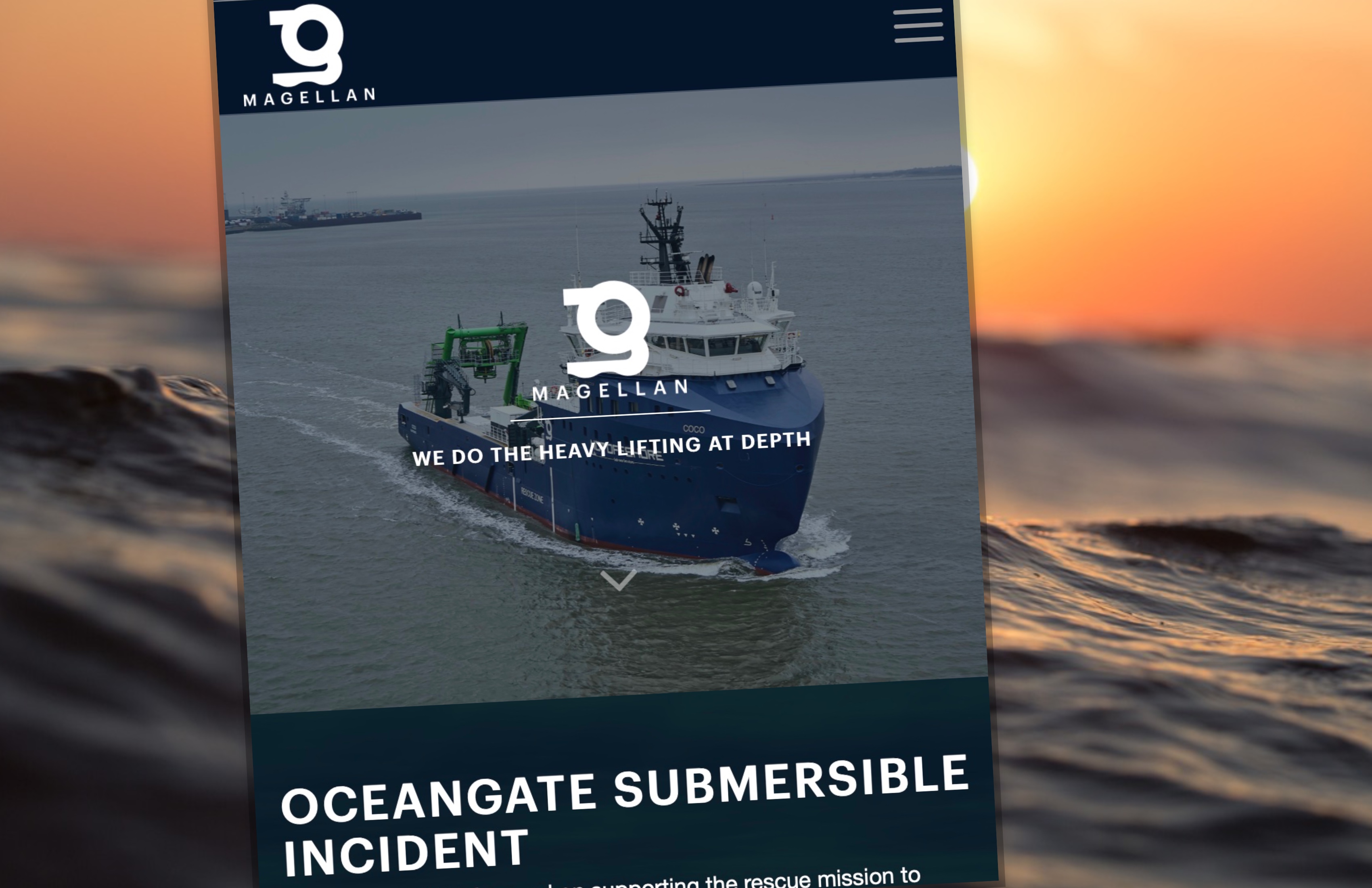This video popped up in my YouTube feed:
It's not a channel I'm familiar with, but if accurate it doesn't sound good for those on board. Key points being the lack of emergency oxygen supply in the event of things going wrong, and the inability to vent any toxic gases which may accumulate within the submersible. Meanwhile as of a few hours ago the US Coastguard are (at least publicly) slightly more optimistic, suggesting that the occupants have around 40 hours of oxygen remaining... that sounds a lot considering the number of occupants on board and the relatively small size of the hull. My suspicion though is that the submersible has suffered some sort of catastrophic failure.


